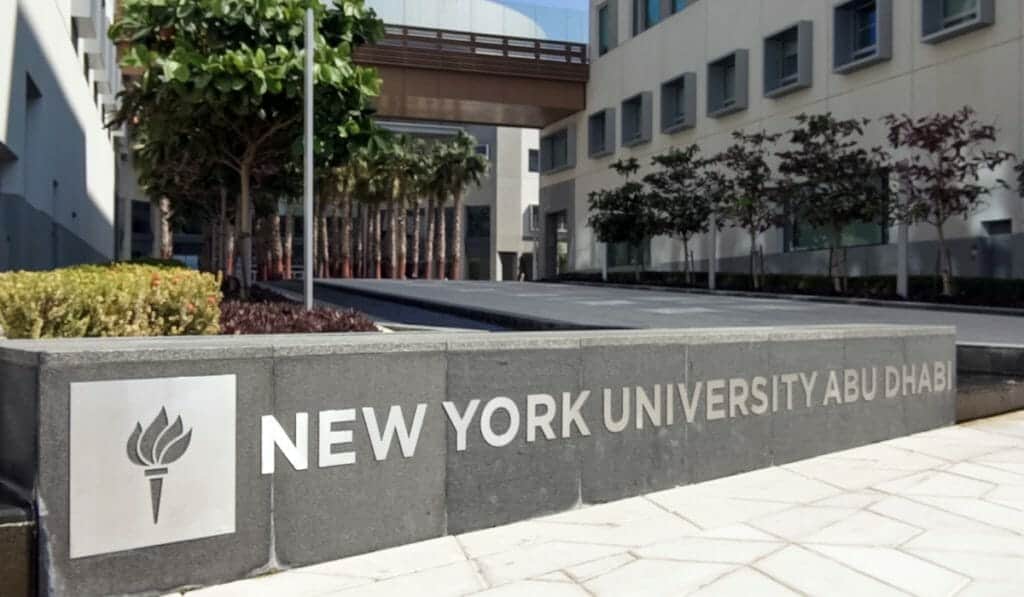A team of researchers from New York University (NYU) Langone and NYU Abu Dhabi (NYUAD) report that they have developed a novel Artificial Intelligence (AI) system that achieves radiologist-level accuracy in identifying breast cancer in ultrasound images.
The system, designed to be a decision support tool for clinicians, also helped radiologists significantly decrease their false positive and requested biopsy rates while maintaining the same level of sensitivity.
Farah Shamout, NYUAD Assistant Professor Emerging Scholar of Computer Engineering, and colleagues at NYU Langone and NYU Centre for Data Science, including Yiqiu Shen, PhD student, and Krzysztof Geras, NYU Assistant Professor, detail their findings in Artificial intelligence system reduces false-positive findings in the interpretation of breast ultrasound exams, a paper published in the journal Nature Communications.
The researchers utilized a dataset of more than 280,000 ultrasound exams from over 140,000 patients examined at NYU Langone Health between 2012 and 2019 to develop and test their new system. The system is designed to identify malignant lesions in breast ultrasound images, with the primary goal of reducing the frequency of false-positive findings. It can detect cancer by assigning a probability for malignancy and highlighting parts of ultrasound images that are associated with its predictions.
To understand the potential value of this novel AI system in a clinical setting, the researchers conducted a reader study to compare its diagnostic accuracy with ten board-certified breast radiologists. It achieved higher accuracy than the ten radiologists on average, but a hybrid model that aggregated the predictions of the AI system and radiologists achieved the best results in accurately detecting cancer in patients.
The performance of the AI system remained robust across patients from different age groups and mammographic breast densities.
“Our findings highlight the potential of AI to improve the accuracy, consistency, and efficiency of breast cancer diagnosis in ultrasound images,” said Shamout. “Importantly, AI is not a replacement for the expertise of clinicians. However, the powerful, complementary role between AI systems, as decision support tools, and clinicians, leads us to believe that AI should and will be increasingly translated into clinical practice.”
Breast cancer is the most frequently diagnosed cancer and the leading cause of cancer-related deaths among women worldwide.








